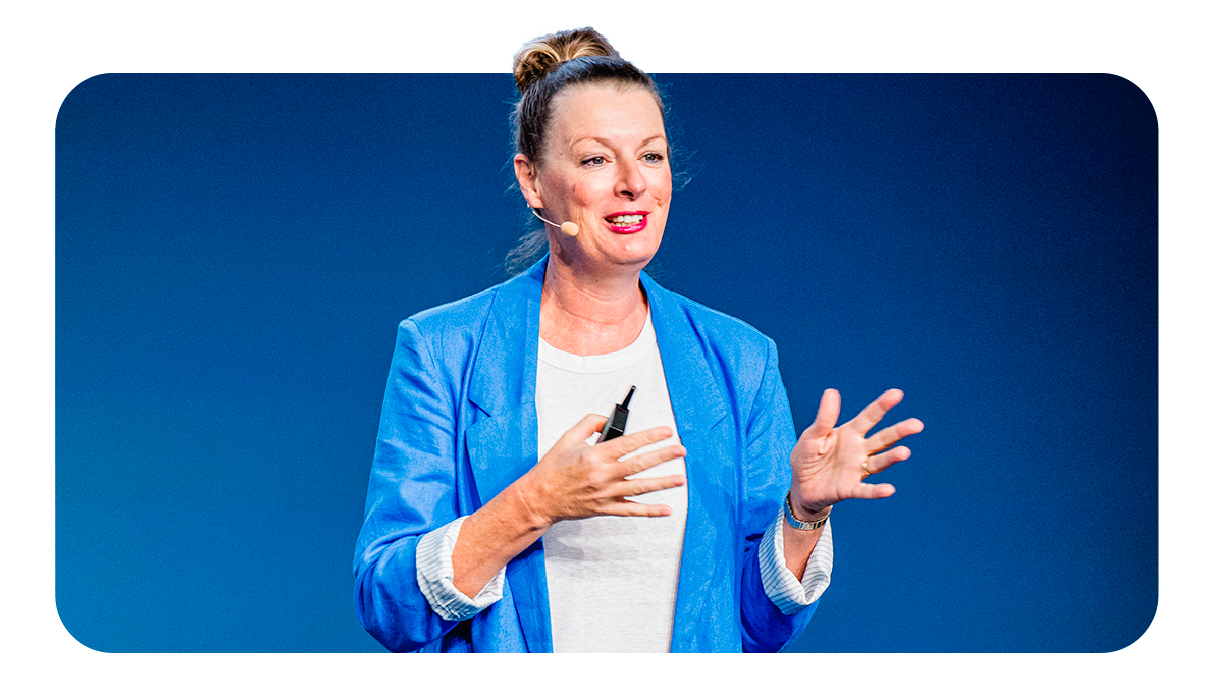Last year, Boston Consulting Group (BCG) segmented brands in Australia and New Zealand into four levels of digital marketing maturity: nascent, emerging, connected, and multi-moment. Here, Suncorp Australia’s Head of Marketing Automation & Media Mark Thiele details his company’s journey on the path to multi-moment maturity.
As a financial services corporation, Suncorp operates mainly in insurance and banking as a portfolio of brands, including AAMI, GIO, Apia, and Shannons. Two years ago, we partnered with Google to evolve our digital maturity, working closely on a number of different projects across data, technology, and creative. For us, digital transformation is about how we better communicate, serve, and meet our customers’ needs. By building out our automation technology, we’re not only providing improved utility and being more relevant to our customers but also evolving the way we take our brands and messages to market.
Creating a cross-collaborative culture
Digital transformation isn’t just an investment in technology, it’s also an investment in people and process. Providing equal weight to those three components is important. You want to take people on the journey with you, and you want to provide them with tools and support to ensure they’re able to navigate change. Cross-collaboration with internal and external partners is critical to bringing fresh thinking and diversity.
From a thought leadership perspective, the maturity framework has also helped us encourage our teams to be bold, curious, and collaborative. With support from leaders, we’re uncovering new ways of working and providing opportunities for people to create virtual teams that look at problems differently. By encouraging them to think outside the box and supporting them with KPIs to test and learn, we’re fostering a culture of forming squads to enable our teams to come together as trailblazers. It all comes down to bringing in the right people to help, celebrating what works well, and sharing learnings across the board.
Providing the best customer experience
From a technology perspective, Google has helped ensure we have the best tech and data capabilities to meet the expectations of our customers in the moments that matter. As a direct insurer, we find our customers like to interact with us in many different ways. This could be by using our digital channels and then calling our contact centres or just staying online to service their needs.
We want to support our customers via their channel of choice so they can come see us in person at one of our stores, use the chat feature on our website, or call the contact centre. Whether it’s face to face, digital, or offline, giving the customer the opportunity to engage with us in a way that suits them is important to us.
We’re always assessing the value we can deliver to our customers, and we’re looking at Google and our third-party partners to guide us on our digital maturity journey to help us better meet our customers’ needs. We want to maximise our internal capabilities in data science and build out our approach to leveraging data and machine learning. Where our customers provide consent, we use various sources of first-party data such as app interactions, product holdings, and offline data from sources like our loyalty programs to provide customer insights. This allows us to build rich audiences within our marketing technology that enable personalised and relevant experiences.
Importantly, we’re committed to using first-party data in a privacy-compliant way. When customers grant us access to their data, we have the opportunity to be more relevant. With more transparency and control over their data, customers can be more willing to share information, enabling better experiences. This is a win-win for the customer and the brand because we have a heightened opportunity to personalise the experience they have with us, making it easier for customers to find products and services relevant to their needs.
The (digital) journey ahead
To achieve multi-moment maturity, we plan to continue investing in the technology, people, and processes that have supported our journey on the BCG scale so far. That means we have to constantly reevaluate how we’re approaching our marketing programs and keep an eye on emerging trends in the market that may impact our activity.
For us, the people and process components of digital transformation are critical. We feel strongly about encouraging our teams to experiment because when you have great people trying new things, you can achieve great outcomes for customers. And with the right technology, we can keep the customer at the centre of everything we do by looking at how we’re engaging with them, respecting their time, and supporting them in the moments that matter.







